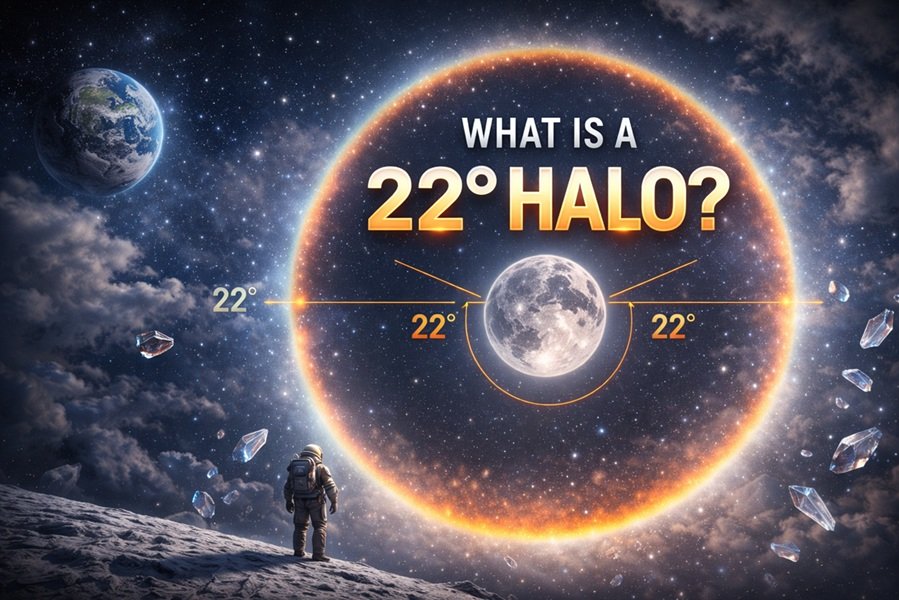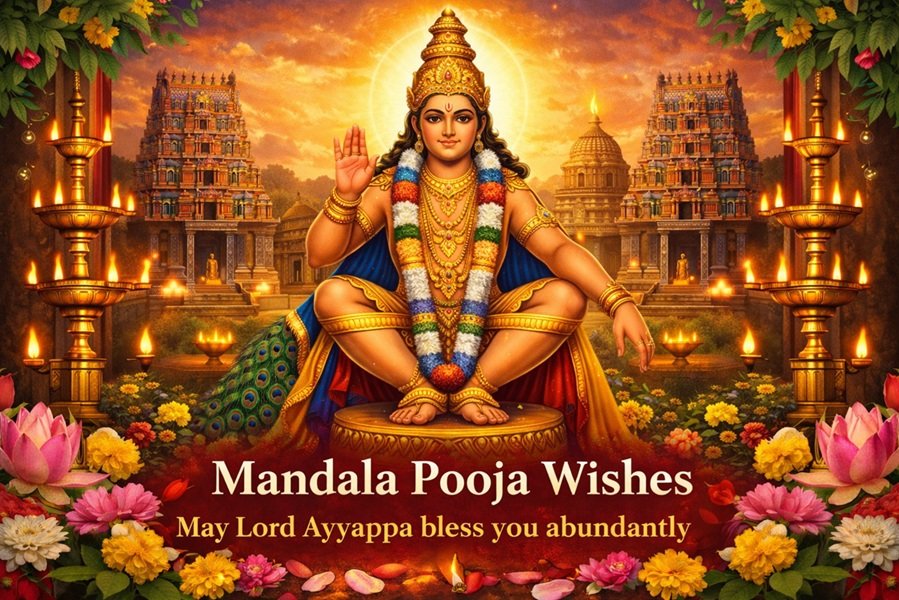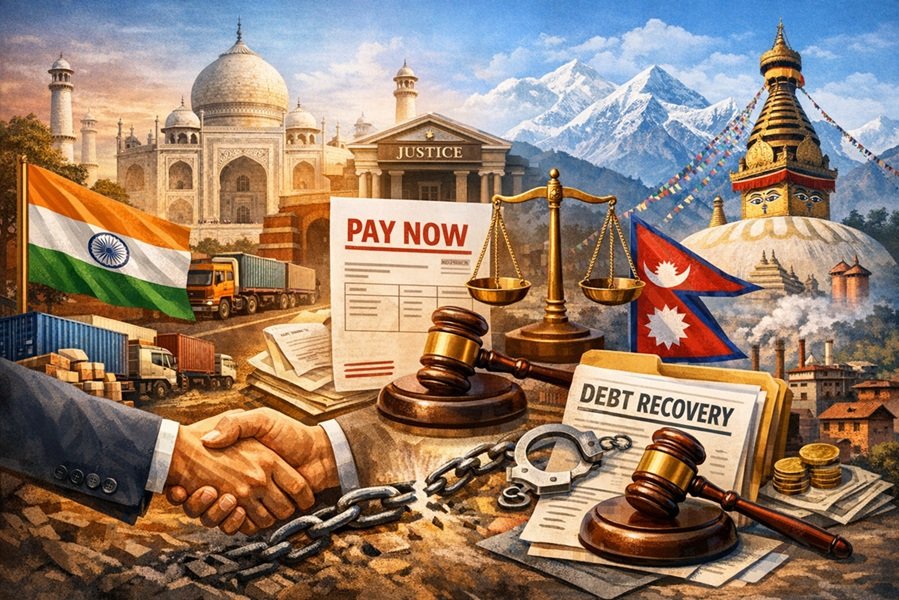
Understanding the Rare Phenomenon in Cricket
Cricket, a sport known for its rich terminology and thrilling moments, has captivated fans with remarkable feats — one of the most electrifying being the hat-trick. But when conversations venture into even rarer territory, the term “double hat-trick” surfaces, sparking curiosity and debate among fans. So, what is a double hat-trick, how many wickets does it involve, and is it even officially recognized? Let’s explore this fascinating concept in depth.
What is a Hat-Trick in Cricket?
A hat-trick occurs when a bowler takes three wickets in three consecutive deliveries, regardless of the over or innings. This is one of the most prestigious accomplishments in cricket and is celebrated with great fanfare.
Conditions for a Valid Hat-Trick:
- The bowler must take three wickets on three successive deliveries.
- The dismissals must be attributed to the bowler (caught, bowled, LBW, stumped, hit wicket, etc.).
- The deliveries may span across overs or innings.
What is a Double Hat-Trick?
A double hat-trick is a rarer and more ambiguous term in the cricketing lexicon. Though not officially defined by the International Cricket Council (ICC), it is generally accepted in two ways depending on regional usage and cricketing culture:
1. Four Wickets in Four Balls (Most Common Definition)
This is the most widely accepted interpretation. If a bowler takes four wickets in four consecutive deliveries, it is often termed a double hat-trick. Although this feat is even more difficult than a traditional hat-trick, it is not formally recognized with a unique title by the ICC — it’s still listed as “four in four.”
Example:
- Lasith Malinga (Sri Lanka) achieved this in a T20I match against New Zealand in 2019, dismissing four batsmen in four deliveries.
2. Six Wickets in Six Balls (Literal Interpretation)
Some purists argue that since a hat-trick is three wickets in three balls, a double hat-trick should imply twice that number — six wickets in six balls. However, this is nearly impossible in standard cricket formats unless multiple run-outs or dismissals happen in extremely rare circumstances like obstructing the field or handling the ball.
🔍 Note: No known instance of six dismissals in six legal deliveries by a single bowler exists in professional cricket history.
Difference Between Hat-Trick and Double Hat-Trick
| Feature | Hat-Trick | Double Hat-Trick (Common) |
|---|---|---|
| Number of Wickets | 3 | 4 |
| Number of Deliveries | 3 | 4 |
| Official Term | Yes (ICC recognized) | No (Informal) |
| Rarity | Rare | Extremely Rare |
Famous Instances of Double Hat-Tricks
Here are a few iconic moments when bowlers etched their names into the record books with four wickets in four balls:
🔹 Lasith Malinga (Sri Lanka)
- Match: SL vs. NZ, 2019 (T20I)
- Wickets: Four wickets in four balls
- Significance: Malinga is the only bowler to take four wickets in four balls twice in international cricket (also did it in 2007 World Cup against South Africa).
🔹 Rashid Khan (Afghanistan)
- Match: AFG vs. Ireland, 2019 (ODI)
- Wickets: Took four wickets in four deliveries during his 5-wicket haul.
🔹 Andrew Flintoff (Lancashire)
- Domestic Cricket: Flintoff once achieved four in four during a county match, which made headlines across England.
Historical Perspective: Where Did “Hat-Trick” Originate?
The term “hat-trick” originated in cricket during the 19th century when English bowler H.H. Stephenson took three wickets in three balls. Fans collected money to buy him a hat in celebration, thus coining the term. Over time, it has been adopted in football, hockey, and even video games.
🧠 Fun Facts
- A hat-trick can span across two overs or two innings (if the same bowler bowls the last ball of one innings and the first two balls of the next).
- The fastest hat-trick in Test cricket was taken by Peter Siddle (Australia) on his birthday in 2010.
- Double hat-tricks are more likely in short formats (T20s) due to aggressive batting styles and pressure situations.
📌 Conclusion: So, How Many Wickets Make a Double Hat-Trick?
While there’s no official recognition for the term “double hat-trick” in cricket rulebooks, it is universally accepted in modern usage as four wickets in four consecutive deliveries. In rare theoretical discussions, it may also refer to six wickets in six balls — but such an occurrence is only hypothetical and hasn’t happened in professional cricket.
So, if someone asks you, “How many wickets make a double hat-trick?”, the widely accepted answer is:
Four wickets in four consecutive deliveries.







